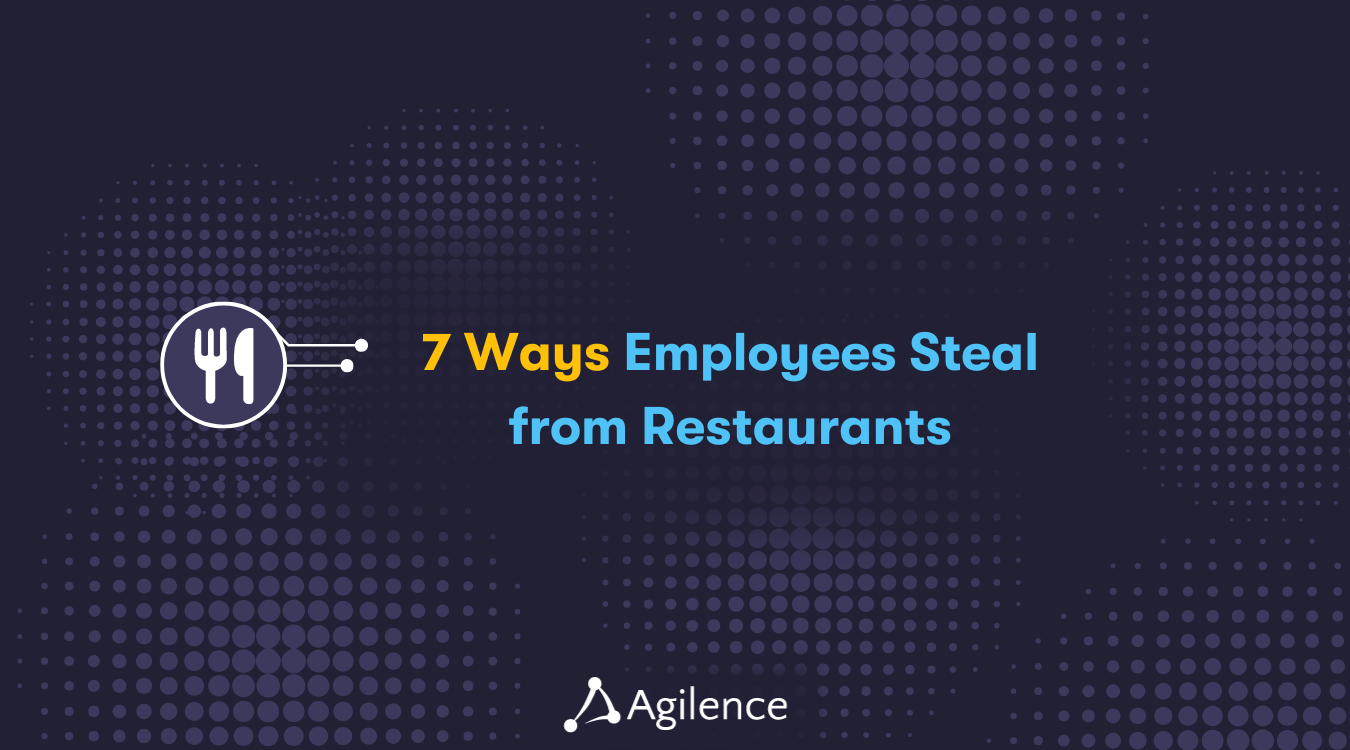Expert Cash Handling Tips for QSRs
Restaurant Keneavy Krenzin
Keneavy Krenzin

You’ve invested in systems that keep your inventory, labor, and operational costs on track. But unless you train your staff how to handle POS transactions properly, your hard work could go down the drain. One way to protect your QSR profits is to master your cash handling procedures, ensuring that none of it gets lost, miscounted, or stolen. But, with so many steps in the cash handling process, creating a comprehensive policy and tracking it all can be daunting.
QSR operators need to train their staff to follow proper procedures that keep customers happy and your bottom line profitable. There’s another reason why POS sales and cash management training are essential. It turns out that new employees watch what other experienced employees do and will follow their actions. A recent report indicated that if new restaurant workers see their peers stealing within the first five months of employment, they are likely to make stealing a habit, with over half (56%) of restaurant employees committing theft at least once. The National Restaurant Association estimates that theft accounts for 4% of total restaurant costs. Training your staff early and often can reduce theft, lower costs, and set a standard for all employees.
Expert tips for Cash Handling
Keeping a check on your cash transactions is key to staying profitable. Here are some tips we’ from our experts to ensure your staff is well trained and responsible.
Optimize Process for Efficiency
Any organizational process should be crafted with efficiency in mind and cash handling is no different. Time wasted performing inefficient tasks leads to missed opportunities elsewhere in the business. Whether it’s poor front-end management, excessively long cook times, or inefficient food delivery, customers will note poor experiences. It’s imperative that policies are streamlined wherever possible to improve employee efficiency and ultimately customer satisfaction. Track order duration in segments throughout your business to identify any weak or slow points in your business due to inefficient processes.
QSR Cashier Training Sets the Stage
Use an intuitive POS system. Cashiers are in a high-pressure job when serving customers and handling food. Your system should be easy to learn and use, especially during the lunch or dinner rush. Systems should your employees' jobs easier and give you essential data to analyze your business.
Create a learning environment. It’s not easy to learn when there's a long line of customers, and your newest cashier is in the hot seat. Create a comfortable training environment. Use your best cashiers to show trainees how to use the equipment and handle cash. Pick a slower time of day where they can watch, let them shadow your trainer, and use the system in a calmer environment. They’ll learn faster while under less pressure.
Safe and Secure QSR Cash Handling Procedures
Document your cash handling procedures. It is best to have written cash handling policies that address all aspects of cash handling to set clear expectations. Share these documents with your cashiers during onboarding and provide an annual training refresher. Your policies should include the following topics.
- Limited access to your safe by authorized personnel. Most stores advise two people present when the safe is opened, with limited access to select employees who know the combination.
- Safely transporting cash. Use two people to transport cash drawers.
- Use two people when counting cash. Two people should be present to count all cash and receipts and sign off on forms. Cameras can also ensure compliance with these necessary procedures.
- Consistent recording of cash. Keep a record of every time money is removed or transported. Your safe and cash drawer recording forms should include details of:
-
- Name of the person removing or returning cash from safe.
- Date/ and time cash is removed or returned from the safe.
- List of cash– coins, bills, checks, receipts.
- Signature lines for the two people signing for the cash.
- Assigning one employee per cash drawer. Assign one cashier per cash drawer to improve accountability.
- Matching cash and receipts. Every drawer should match POS transactions at the end of the shift.
- Verifying bank deposits. All cash collected should match the amount deposited into the bank.
Count back cash and change. Teach employees the right way to provide change. Coins first, bills second, will help pennies from spilling on the floor. Counting back change out loud to be sure they get their money back.
Establish cash drawer shortage tolerance. Set expectations for how short cash drawers can be as well as what the proper recourse will be should they exceed this limit. Monitor employees who are continually short for retraining or fraud investigation.
Review counterfeit cash procedures. It is more than likely that you will encounter counterfeit bills, typically in $20 denominations. However, it would be best to teach your employees to inspect bills that are $50 or larger to ensure authenticity. Teach your staff how to recognize these bills – and what to do when they find one.
In addition to cash transactions, think about:
Debit and credit card transactions. To stay PCI compliant, you’ll need to train your staff on the right way to accept credit and debit cards in-store, over the phone, or online, as well as how to recognize repeat customers.
Handling difficult customers. Teaching your cashiers how to handle demanding customers will improve their confidence. Watching senior staff, taking a breather, and staying calm can help your new and experienced employees to manage a busy dinner rush.
Sound systems, procedures, and a positive attitude will help your employees serve your guests better. With proper controls, you’ll set clear expectations for cash handling transactions and set the stage for accountable employee behavior.
Once you have a comprehensive cash handling policy in place, the focus should shift to identifying anyone not adhering to that policy. A comprehensive data analytics system with POS transactions and employee data can automatically flag suspicious activity that may be eroding your profits and impacting sales.
Learn more about how restaurants can benefit from a modern exception-based reporting platform in our on-demand webinar with Brumit Restaurant Group, “Turning Data into Smarter and More Profitable Restaurants.”
Related Articles

7 Ways Employees Steal from Restaurants
Employees are the core of any business, but this is especially true in restaurants. It is the service industry after all. Alt...
5 Ways to Reduce Restaurant Labor Costs
In the restaurant industry, serving great food is only one ingredient in the secret sauce for success. Great food may increas...
Measuring Restaurant Performance: 10 Essential Restaurant Metrics
What is your restaurant data telling you? Today, we have access to more data than ever before. Customer data. Performance dat...Subscribe to our blog
Receive free educational resources like exclusive reports, webinars, and industry thought leadership articles straight to your inbox.


